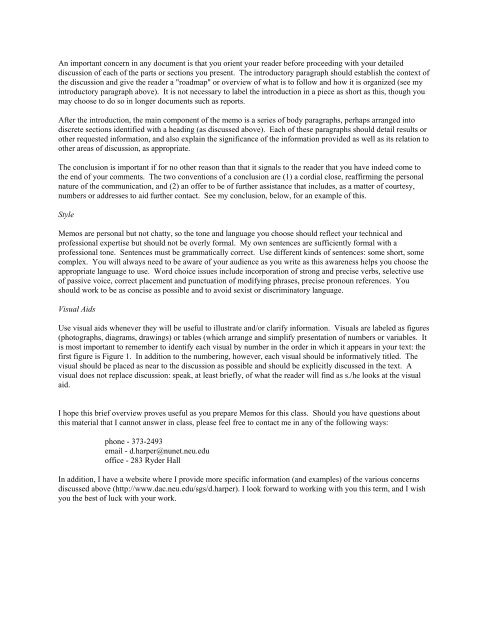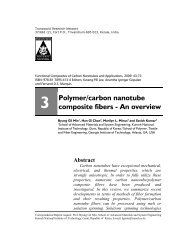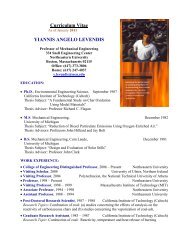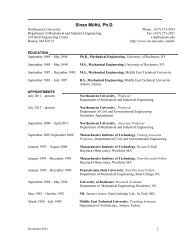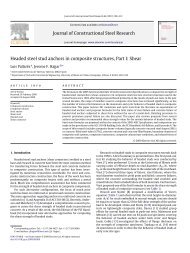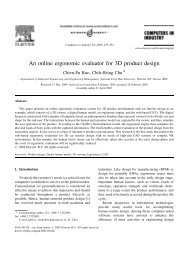Memo Format - Northeastern University
Memo Format - Northeastern University
Memo Format - Northeastern University
Create successful ePaper yourself
Turn your PDF publications into a flip-book with our unique Google optimized e-Paper software.
An important concern in any document is that you orient your reader before proceeding with your detailed<br />
discussion of each of the parts or sections you present. The introductory paragraph should establish the context of<br />
the discussion and give the reader a "roadmap" or overview of what is to follow and how it is organized (see my<br />
introductory paragraph above). It is not necessary to label the introduction in a piece as short as this, though you<br />
may choose to do so in longer documents such as reports.<br />
After the introduction, the main component of the memo is a series of body paragraphs, perhaps arranged into<br />
discrete sections identified with a heading (as discussed above). Each of these paragraphs should detail results or<br />
other requested information, and also explain the significance of the information provided as well as its relation to<br />
other areas of discussion, as appropriate.<br />
The conclusion is important if for no other reason than that it signals to the reader that you have indeed come to<br />
the end of your comments. The two conventions of a conclusion are (1) a cordial close, reaffirming the personal<br />
nature of the communication, and (2) an offer to be of further assistance that includes, as a matter of courtesy,<br />
numbers or addresses to aid further contact. See my conclusion, below, for an example of this.<br />
Style<br />
<strong>Memo</strong>s are personal but not chatty, so the tone and language you choose should reflect your technical and<br />
professional expertise but should not be overly formal. My own sentences are sufficiently formal with a<br />
professional tone. Sentences must be grammatically correct. Use different kinds of sentences: some short, some<br />
complex. You will always need to be aware of your audience as you write as this awareness helps you choose the<br />
appropriate language to use. Word choice issues include incorporation of strong and precise verbs, selective use<br />
of passive voice, correct placement and punctuation of modifying phrases, precise pronoun references. You<br />
should work to be as concise as possible and to avoid sexist or discriminatory language.<br />
Visual Aids<br />
Use visual aids whenever they will be useful to illustrate and/or clarify information. Visuals are labeled as figures<br />
(photographs, diagrams, drawings) or tables (which arrange and simplify presentation of numbers or variables. It<br />
is most important to remember to identify each visual by number in the order in which it appears in your text: the<br />
first figure is Figure 1. In addition to the numbering, however, each visual should be informatively titled. The<br />
visual should be placed as near to the discussion as possible and should be explicitly discussed in the text. A<br />
visual does not replace discussion: speak, at least briefly, of what the reader will find as s./he looks at the visual<br />
aid.<br />
I hope this brief overview proves useful as you prepare <strong>Memo</strong>s for this class. Should you have questions about<br />
this material that I cannot answer in class, please feel free to contact me in any of the following ways:<br />
phone - 373-2493<br />
email - d.harper@nunet.neu.edu<br />
office - 283 Ryder Hall<br />
In addition, I have a website where I provide more specific information (and examples) of the various concerns<br />
discussed above (http://www.dac.neu.edu/sgs/d.harper). I look forward to working with you this term, and I wish<br />
you the best of luck with your work.


